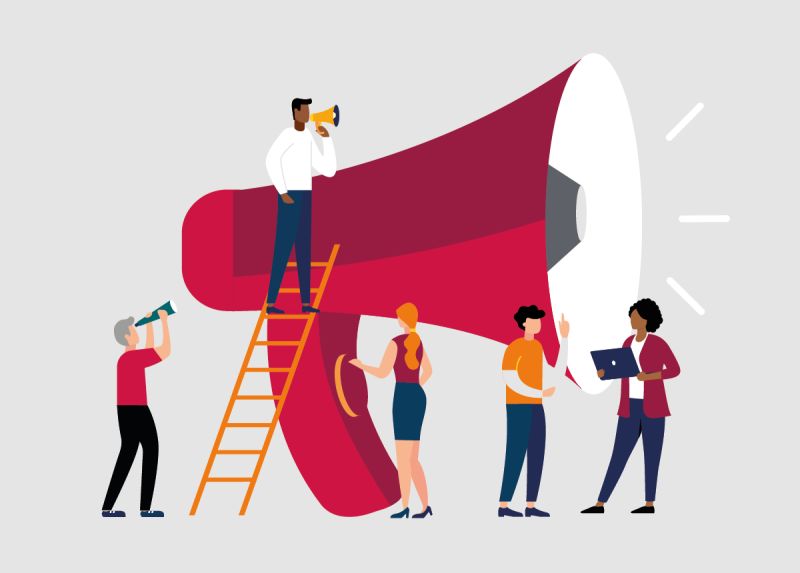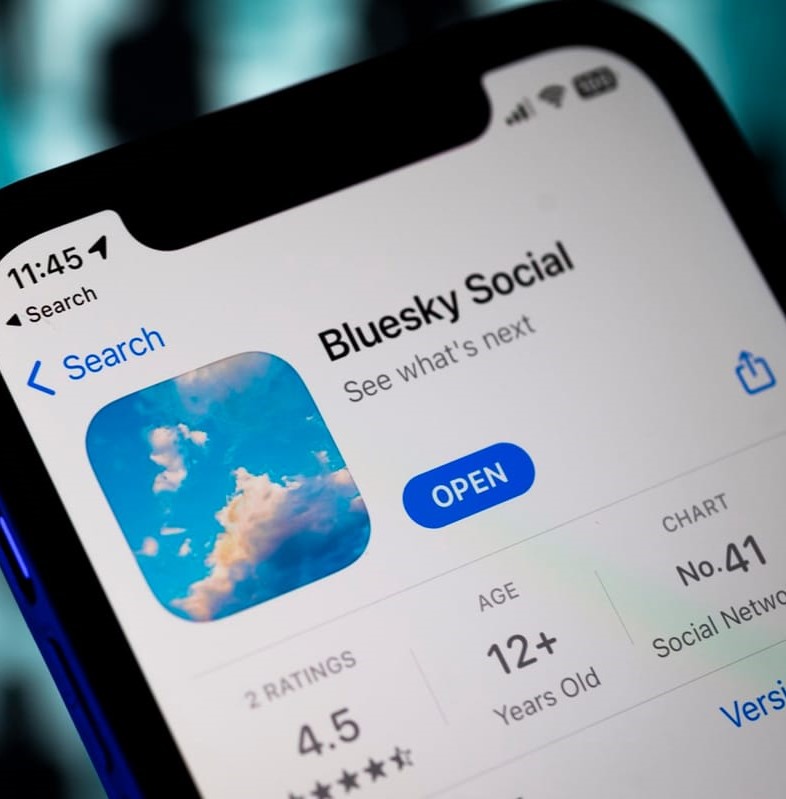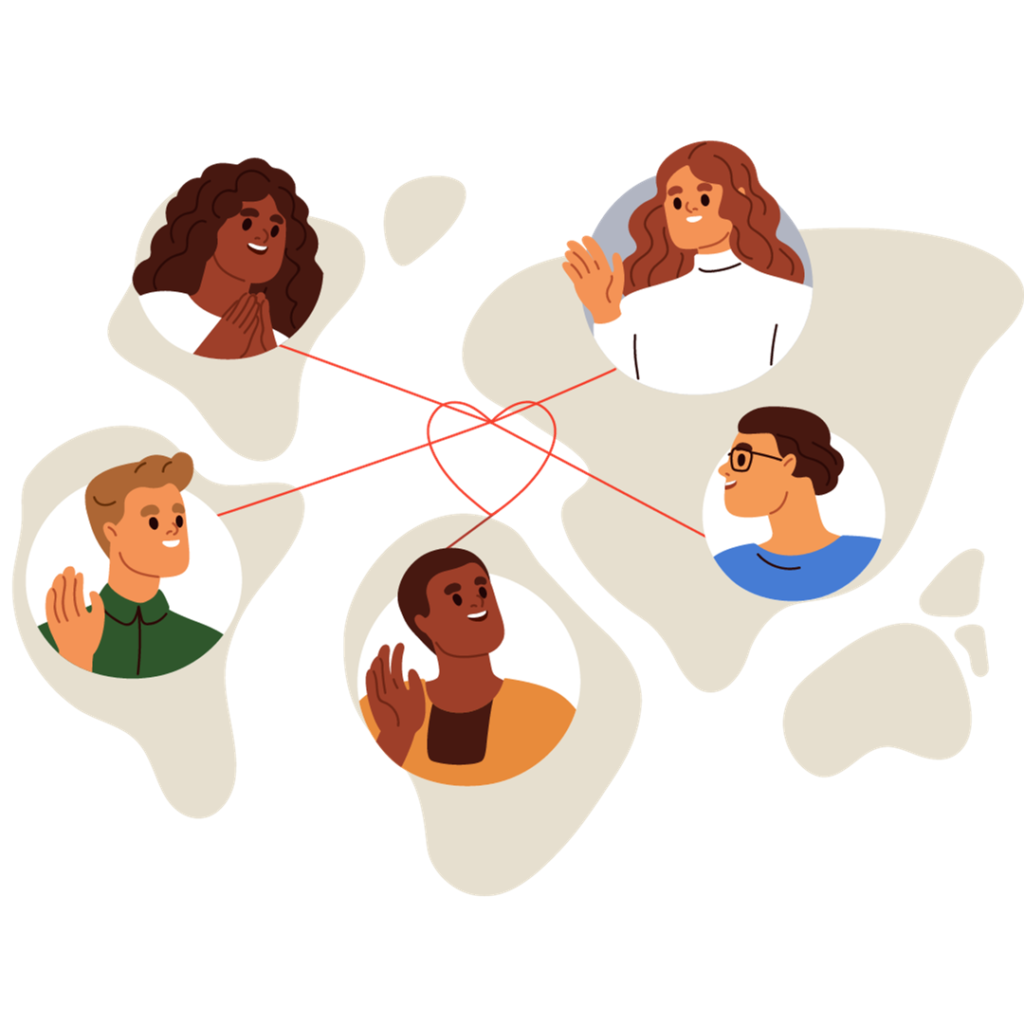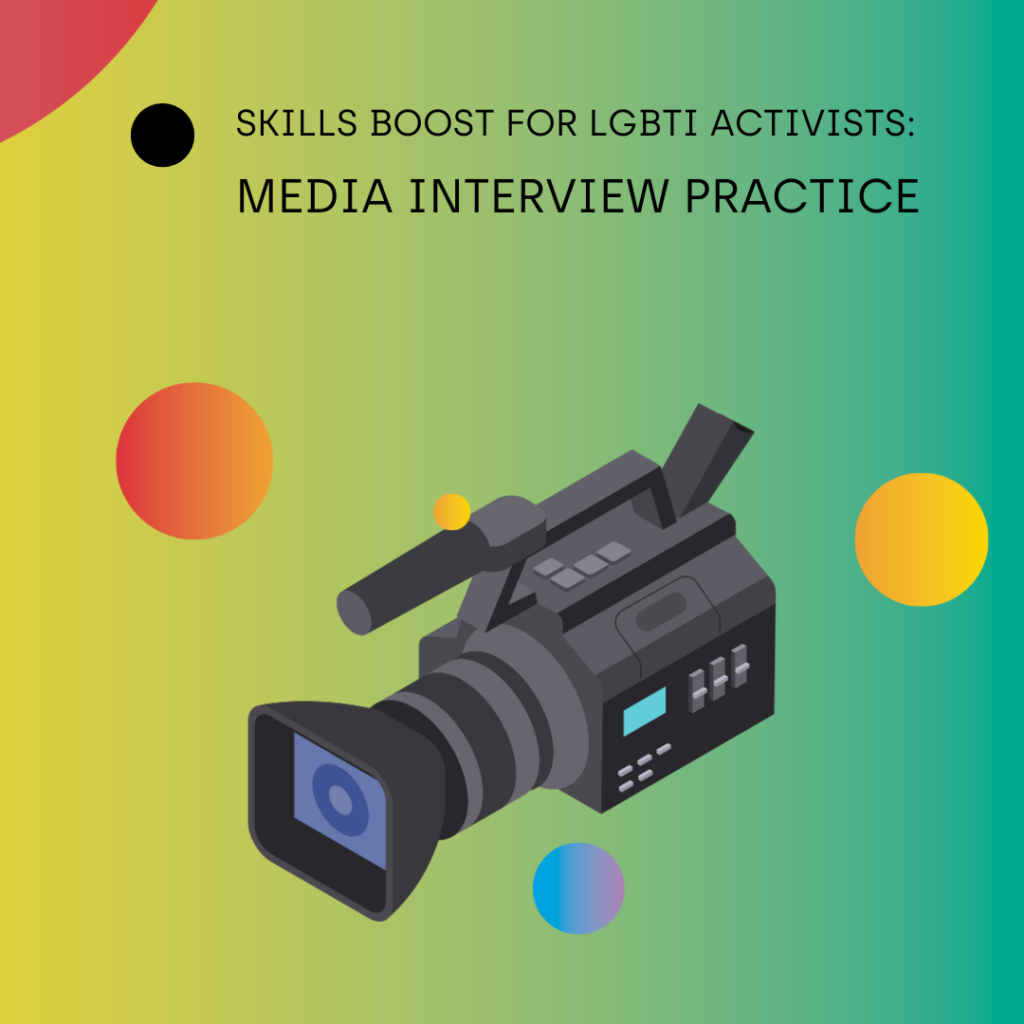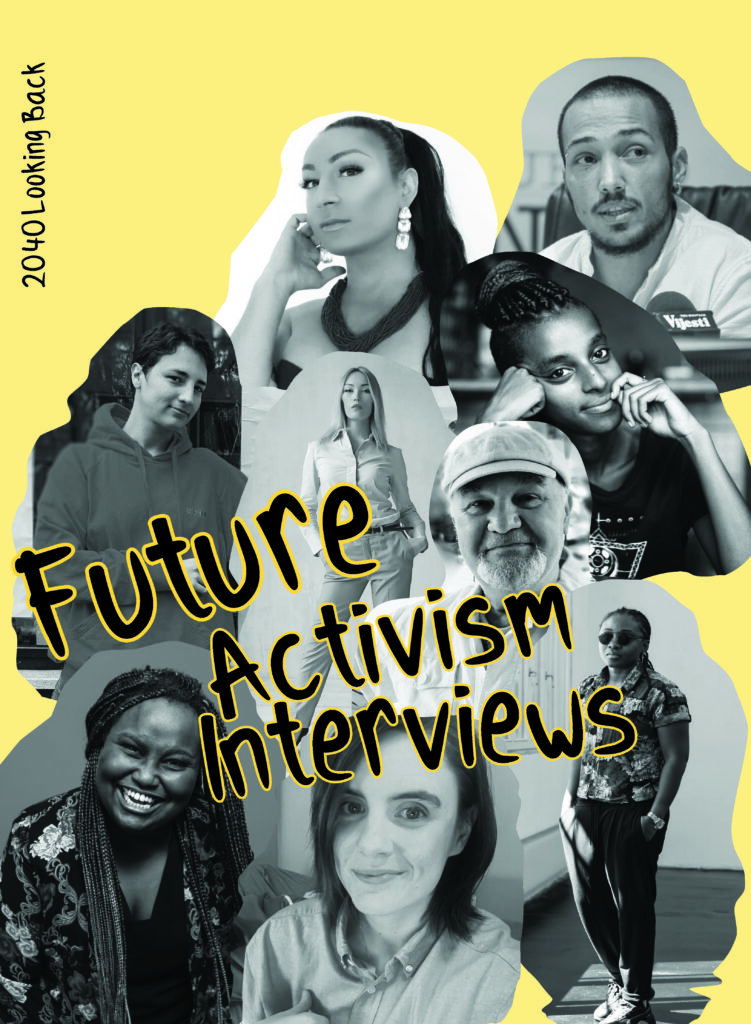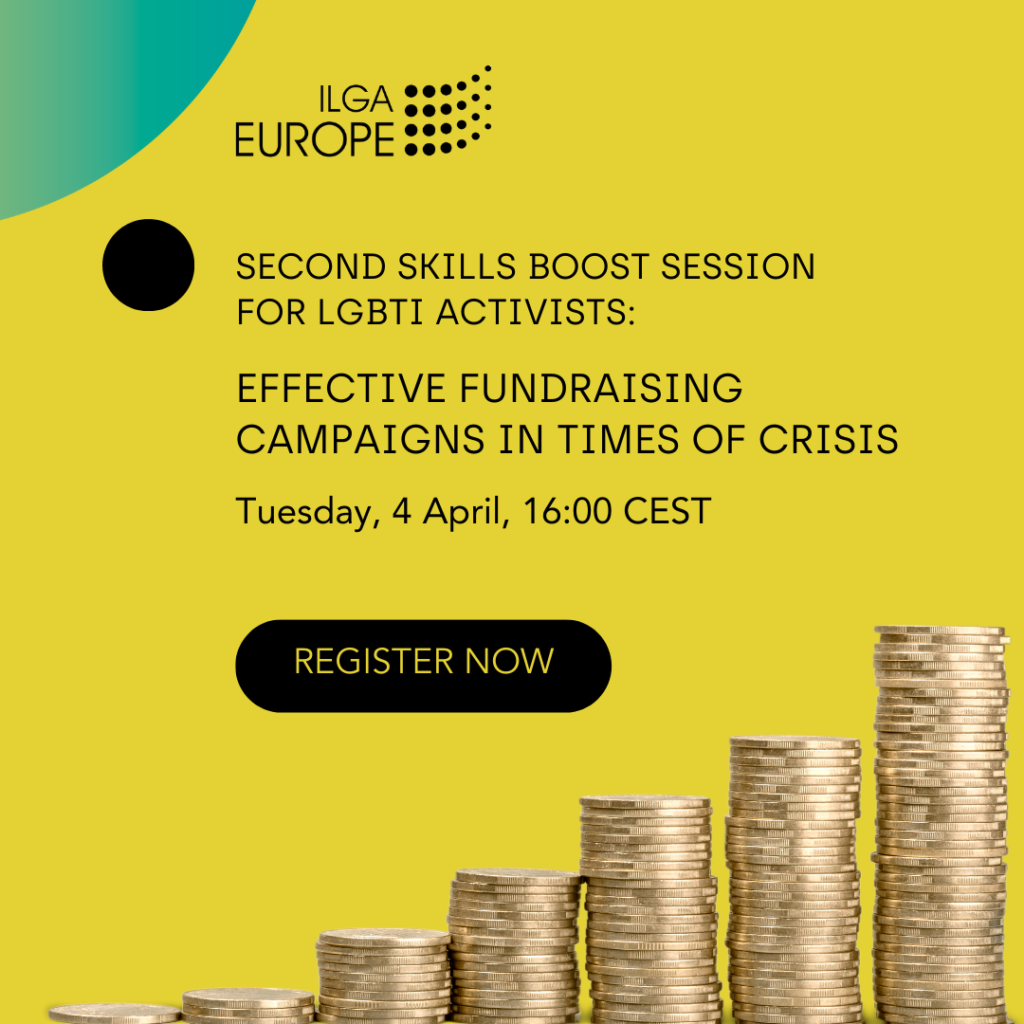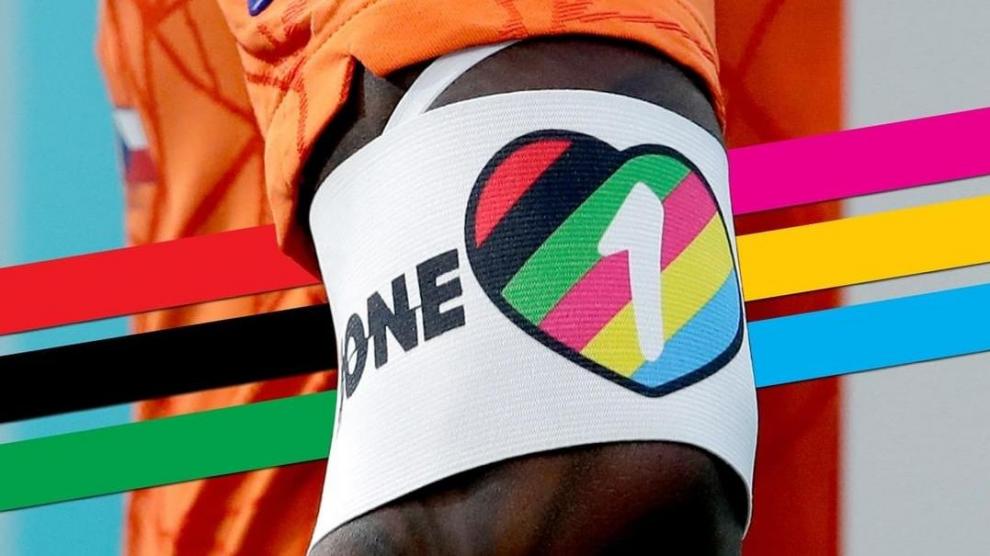Our work with activists to help build strong communications strategies
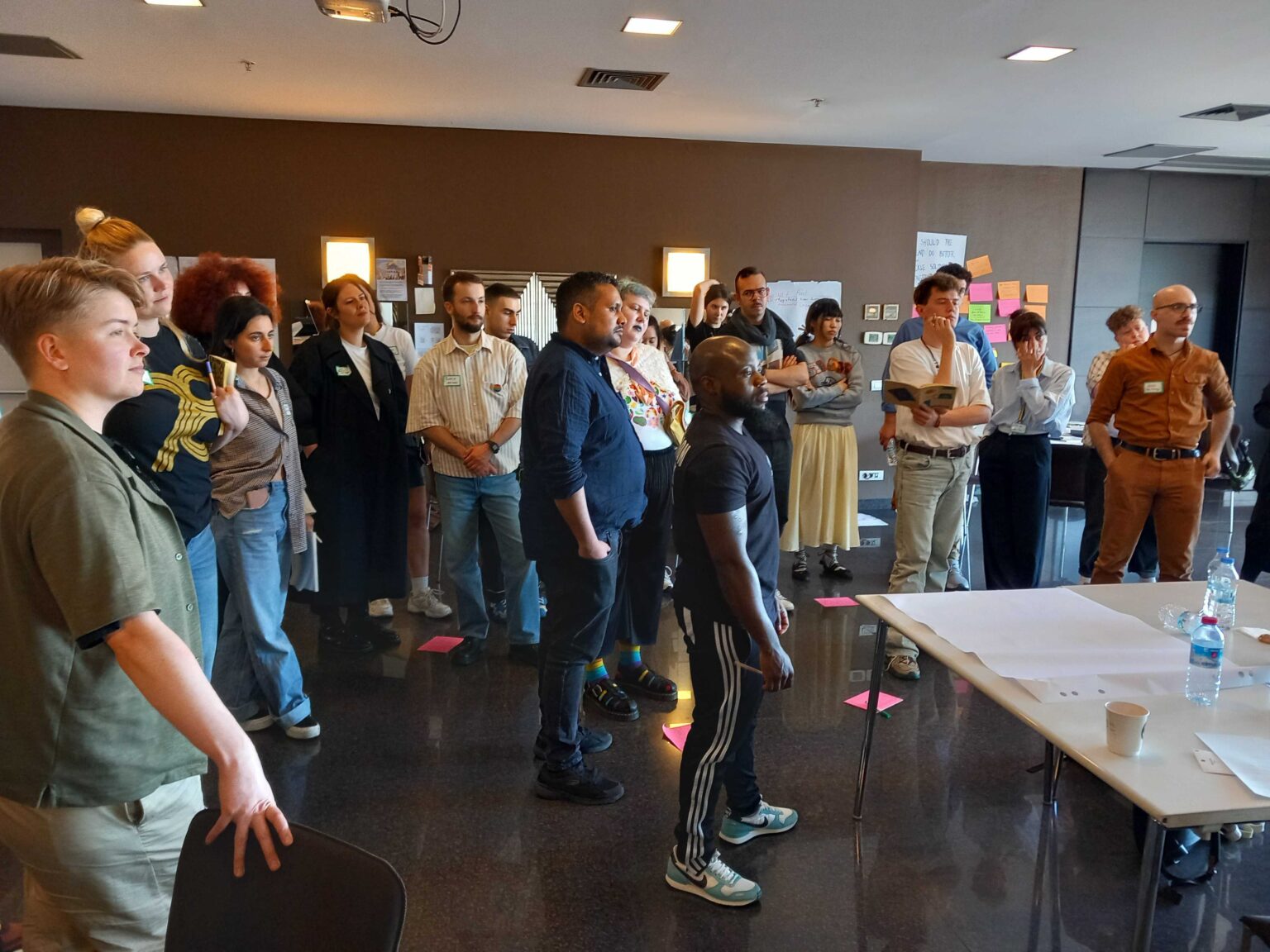
Over the past three years at ILGA-Europe we have been running a number of online Skills Boost sessions for activists who want to improve their communications skills. Recently we held two sessions on how to develop a communications strategy. Here’s what our participants learned.
During our recent online Skills Boost on communications strategies, we asked around 100 participants where they were within the cycle of a comms strategy creation. The majority of them responded with : “Thinking, but not started yet”.
Activists often face an overwhelming workload, and it can be difficult to prioritise something like a communications strategy amidst so many competing demands. Yet, having a strategy is not just another task; it is the foundation that makes all other communications more focused and effective.
Without a strategy, efforts can feel scattered or reactive, diminishing their impact. A good strategy ensures that your messaging reaches the right people, with the right message, at the right time. It is not about doing more but about working smarter and ensuring that your communications actively contribute to your organisation’s goals.
It may seem insurmountable, but it’s easy
Developing a communications strategy can feel like a big task, especially for LGBTI groups navigating limited resources and competing priorities. However, a well-thought-out strategy is more than a document—it is a tool that helps focus your efforts, align your team, and amplify your impact.
The good news is that you do not need a lengthy report or expensive consultancy to begin. What you really need are a few meaningful conversations with your team and a clear sense of where you’re heading. Here is an easy breakdown of the key elements of our Skills Boost to build a communications strategy:
Develop a four-question backbone
At its heart, a good communications strategy is about answering these four questions:
- Why? Why are we communicating? What impact are we aiming for?
- Who? Who do we need to engage, persuade, or mobilise?
- What? What stories, messages, or visuals will resonate?
- Where? Where can we best reach our audience?
These questions form the backbone of any effective strategy. By working through them together as a team, you’ll uncover what really matters and avoid getting caught up in endless, unfocused activity.
Skip the one-size-fits-all approach
Every organisation is unique, and a communications strategy should reflect this. Rather than following a generic template, craft a plan that considers your specific context, priorities, and resources.
Start by identifying what feels most urgent or significant to your team. Perhaps your focus is on strengthening advocacy, connecting more deeply with your community, or shifting public narratives. It is equally important to recognise that you do not have to tackle everything at once. Set priorities, focus on a few clear objectives, and treat your strategy as a living document that evolves with your organisation.
Fill the gaps in your current practices
A communications strategy should simplify your team’s work, not add unnecessary complexity. Think of it as a roadmap: a practical guide that clarifies your direction without overwhelming you with rigid rules.
Start by examining your current practices. What is working well? Where are the gaps? Use these insights to build a framework that streamlines your messaging, focuses your channels, and supports intentional conversations. When done well, a strategy provides clarity and confidence, making your communications more cohesive and impactful.
Begin with small steps
At its core, communications is about connection—and every connection starts with intention. Begin by gathering your team and discussing the four key questions. Even small steps can lead to significant clarity and progress.
If you need further guidance, explore ILGA-Europe’s resources on strategic communications on The Hub, ILGA-Europe’s LGBTI Resource-Sharing Centre, or reach out to us for tailored advice. Together, we can ensure your voice not only reaches the right audiences but makes a lasting impact.
